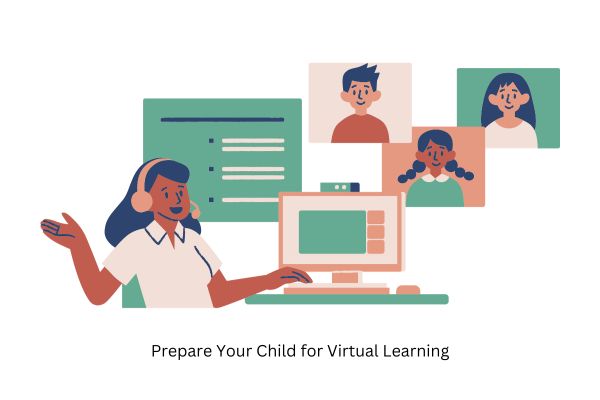Raising children is a rewarding yet challenging journey. Inevitably, there will be moments when your child’s behavior requires guidance and correction. While yelling and hitting might seem like a quick solution, these methods can damage your relationship and have negative long-term effects.
This guide explores effective ways to discipline your child without resorting to harsh tactics. We’ll delve into positive discipline strategies that foster respect, responsibility, and self-control.
The Power of Positive Discipline
Positive discipline is a philosophy that focuses on teaching children desirable behaviors while fostering emotional well-being. It prioritizes long-term goals over short-term obedience. Unlike punishment-based discipline, positive discipline aims to:
- Build a positive parent-child relationship based on trust and respect.
- Help children develop self-regulation skills to manage their emotions and behavior effectively.
- Teach children problem-solving skills to make responsible choices.
Here are some key strategies to implement positive discipline

1. Set Clear and Consistent Expectations
Children thrive on predictability. Establish clear rules and expectations for behavior at home. Age-appropriate explanations are crucial. For young children, use simple language and visuals like picture charts.
Example: Instead of yelling, “Stop throwing your toys!“, explain, “Toys are for playing gently. If you throw them, they might break. We can put them away when you’re ready to play nicely.”
2. Use "I" Statements and Active Listening
“I” statements help children understand how their behavior affects them and others. For example, “I feel frustrated when my instructions are ignored.”
Active listening demonstrates that you value your child’s feelings. Get down to their eye level, listen attentively, and acknowledge their emotions. Phrases like “It sounds like you’re upset” or “I understand you’re frustrated” show empathy.
3. Offer Choices and Consequences
Empower your child by offering choices with clear consequences. For example, “Would you like to pick up your toys before or after dinner? Remember, if they’re not picked up, playtime will be delayed.”
4. Utilize Natural and Logical Consequences
Natural consequences are the inherent outcomes of an action. For instance, if a child refuses to wear a jacket on a cold day, they might feel uncomfortable. Explain this connection.
Logical consequences are related to the behavior but not punitive. Did your child forget their homework? They might have to bring a note explaining the situation to their teacher.
5. Employ Positive Reinforcement
Catch your child being good! Praise them for positive behavior, effort, and following rules. It reinforces desired behavior and motivates them to continue making good choices.
Strategies for Specific Situations
- Tantrums: Stay calm, validate their feelings, and offer comfort. Remove them from the triggering situation if possible. Once calm, discuss appropriate ways to express themselves.
- Arguing: Use “I” statements to explain how their behavior makes you feel. Offer a chance to discuss the issue calmly or suggest taking a break to cool down before revisiting the situation.
- Lying: Explain the importance of honesty. Explore why they might have lied and offer them a safe space to tell the truth without fear of punishment.
- Sibling Rivalry: Focus on praising positive interactions between siblings. Teach them conflict resolution skills like taking turns, sharing, and compromising.
Remember, You're Not Alone
Parenting is a learning journey. There will be times when you feel frustrated or overwhelmed. Take a deep breath and step away from the situation to regain your composure.
Here are some additional resources to support your parenting journey
- Positive Discipline Association: https://positivediscipline.org/
- American Academy of Pediatrics: https://www.healthychildren.org/
- Moms Blog Tips: https://momsblogtips.com/
Final Words
Discipline a child without yelling or hitting is not about achieving immediate compliance. It’s about fostering long-term growth and teaching your child valuable life skills. By implementing positive discipline strategies, you’ll build a strong, trusting relationship with your child while guiding them toward responsible and respectful behavior.
Remember, patience, consistency, and positive reinforcement are key. With love and clear communication, you can effectively discipline your child and raise a well-adjusted and responsible individual.





